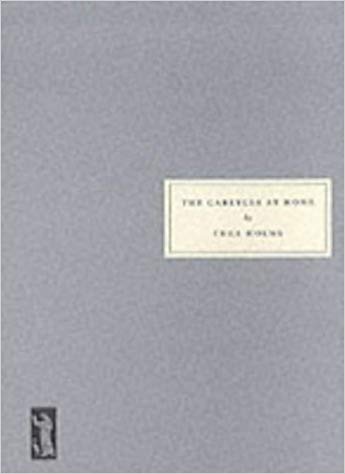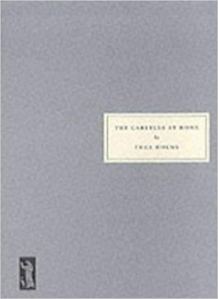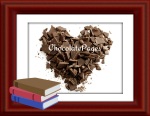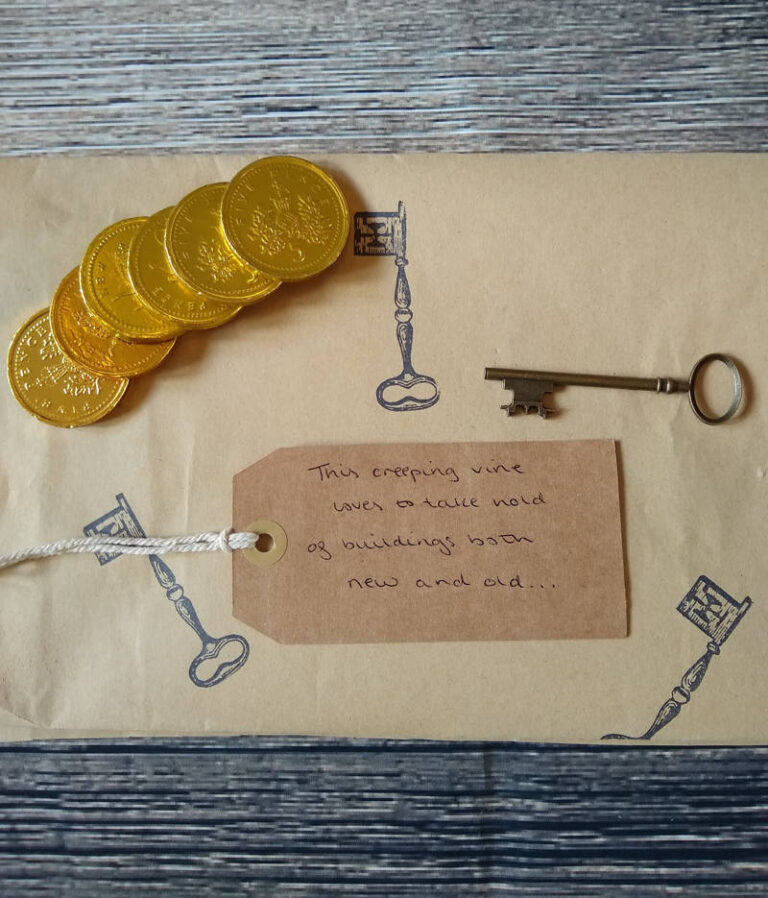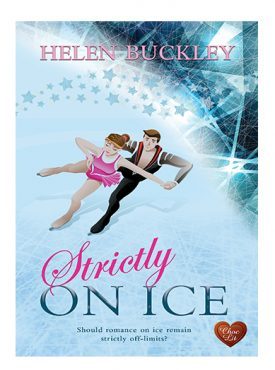
Thea Holme paints the Carlyles in a rather gentle light. Relying on correspondence from Jane Carlyle the impression given is one of a couple who tolerate each other’s whims, perhaps repenting their haste at marrying but learning to live with each other, and not being able to live without each other. Both have their quirks, tempers flare. Jane perhaps seeks comfort in a bottle. Both have near (or possibly actual) affairs. There’s an undercurrent of jealousy but also there is a lot of affection. It is Jane’s support that allows Thomas to write and it is he who seems to be a shadow of himself when she dies.
The reader sees the circles the pair mix in, literary greats popping in for tea or supper parties or gathering at country homes with aristocracy. Thomas works for years on his historical novels which added to the tensions of the household. The fact that Jane was a writer before she married but did not see any of her work published added to the tensions in the marriage.
There much focus on domestic arrangements. This is just as much an insight into a Victorian marriage and home as much as it is a portrait of an It couple of the 1800s. There are the hassles of getting good servants, of running a home, of the place in society women were expected to take. Jane has to keep her maids and cook on side, which isn’t always easy as she can fire and hire at will (and as at least one hides a pregnancy and gives birth in a cupboard).
This is an interesting introduction into the lives of a couple who rubbed shoulders with the literary greats of Victorian society. It is a portrait of a relationship marred by jealousy, frustration and yet one which bound the pair by convention and affection to some extent.
Published by Persephone Books
Source – own copy
The Carlyles at Home is about Thomas and Jane Carlyle’s life together at 5 (now 24) Cheyne Row, Chelsea, and was written in the 1960s by a former actress who was then living there as co-custodian of the house with her husband. Thea Holme’s book evokes the everyday life of the Carlyles from the day they moved in, in 1834, until Jane’s death in 1866. ‘The Carlyles’ dour joy in the daily battle of study and kitchen is the making of Thea Holme’s detailed account of housekeeping at Cheyne Row,’ wrote VS Pritchett in the New Statesman in 1965. ‘No stove, cooking by candlelight, a state of civil war about doors and windows: he can’t bear them closed, she freezes in the draughts. They are the best letter-writers, born chatterers and reporters who can knock off a scene or a person in a talking phrase. Jane Carlyle gives us Mrs Leigh Hunt continually in and out, borrowing spoons, porridge, even a brass fender, and usually drunkish. Jane screams at Browning for putting a kettle down on her best carpet; tells how an Irish builder falls through the ceiling of her bedroom during alterations; battles with the 32 maids she had in 34 years at £8 a year. She has that innate Scottish gift for the pawky recital of domestic clatter.’
Jane may have subsumed her life into that of the Sage of Chelsea but, such is the interest nowadys in domestic history and women writers, most twenty-first century readers will be more interested in her life than in her husband’s. Each of the eleven chapters, with titles such as ‘The Soundproof Study’, ‘Money’ and ‘The Garden’ describes a different aspect of life in Cheyne Row, whether it is a a neighbour’s loud piano-playing or a maid giving birth in the china closet while ‘Mr Carlyle was taking tea in the dining-room with Miss Jewsbury talking to him!!! Just a thin small door between!’ The open door to this closet is clearly visible in the Robert Tait painting of the two ground-floor rooms beautifully reproduced as the front and back endpapers of the Persephone edition. And because 24 Cheyne Row was bought by The Carlyle’s House Memorial Trust, and is today run by the National Trust (to whom Persephone Books is donating fifty pence for each book sold) visitors can see the room exactly as it was when it was painted 150 years ago.
Publication date – 22 March 2002
I was not familiar with the works of Thomas Carlyle before reading this book. Indeed I had bought purely on the fact that it sounded like a charming, interesting read. It was charming, in places, moving in others. Sometimes funny, sometimes thought provoking, it was certainly interesting.

